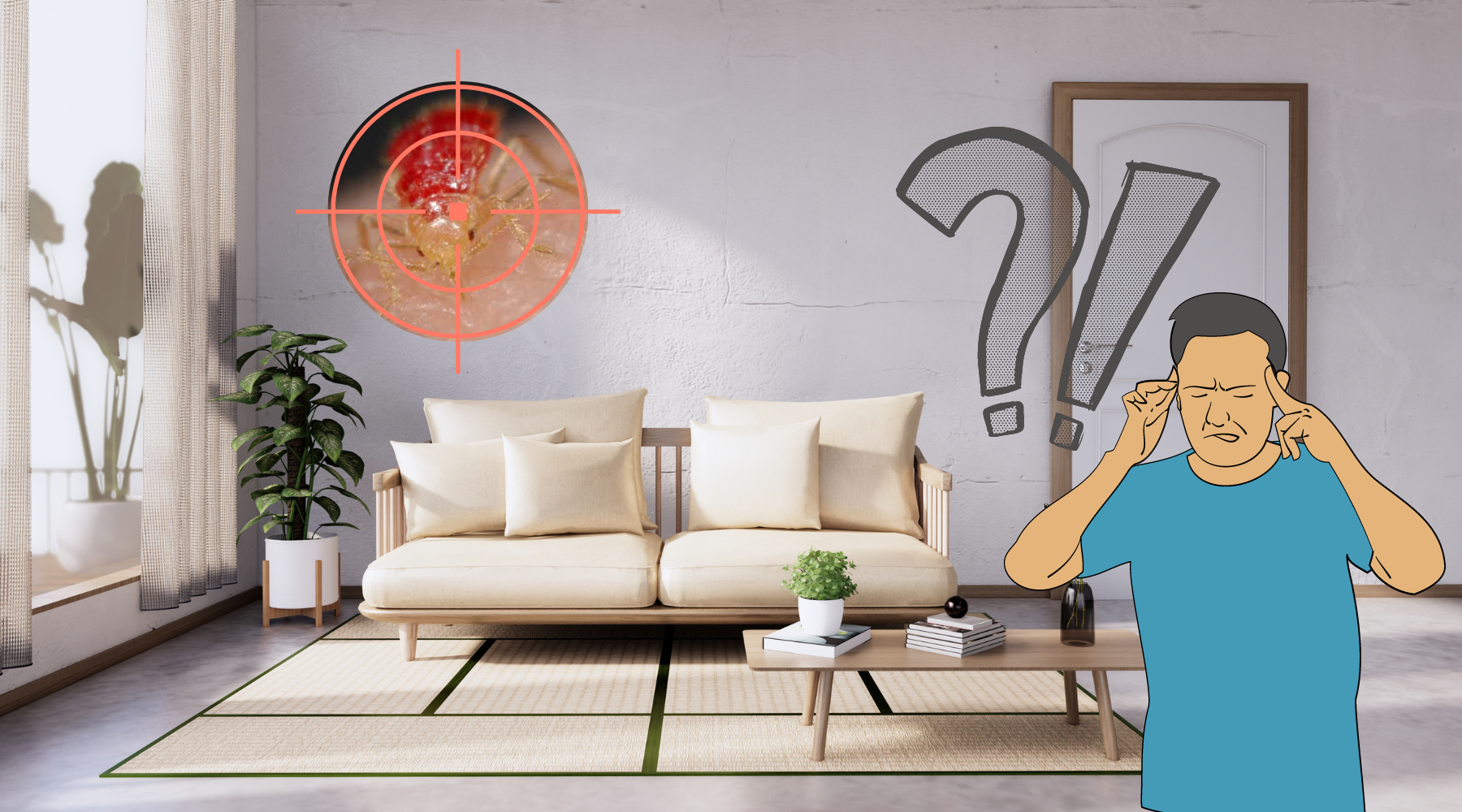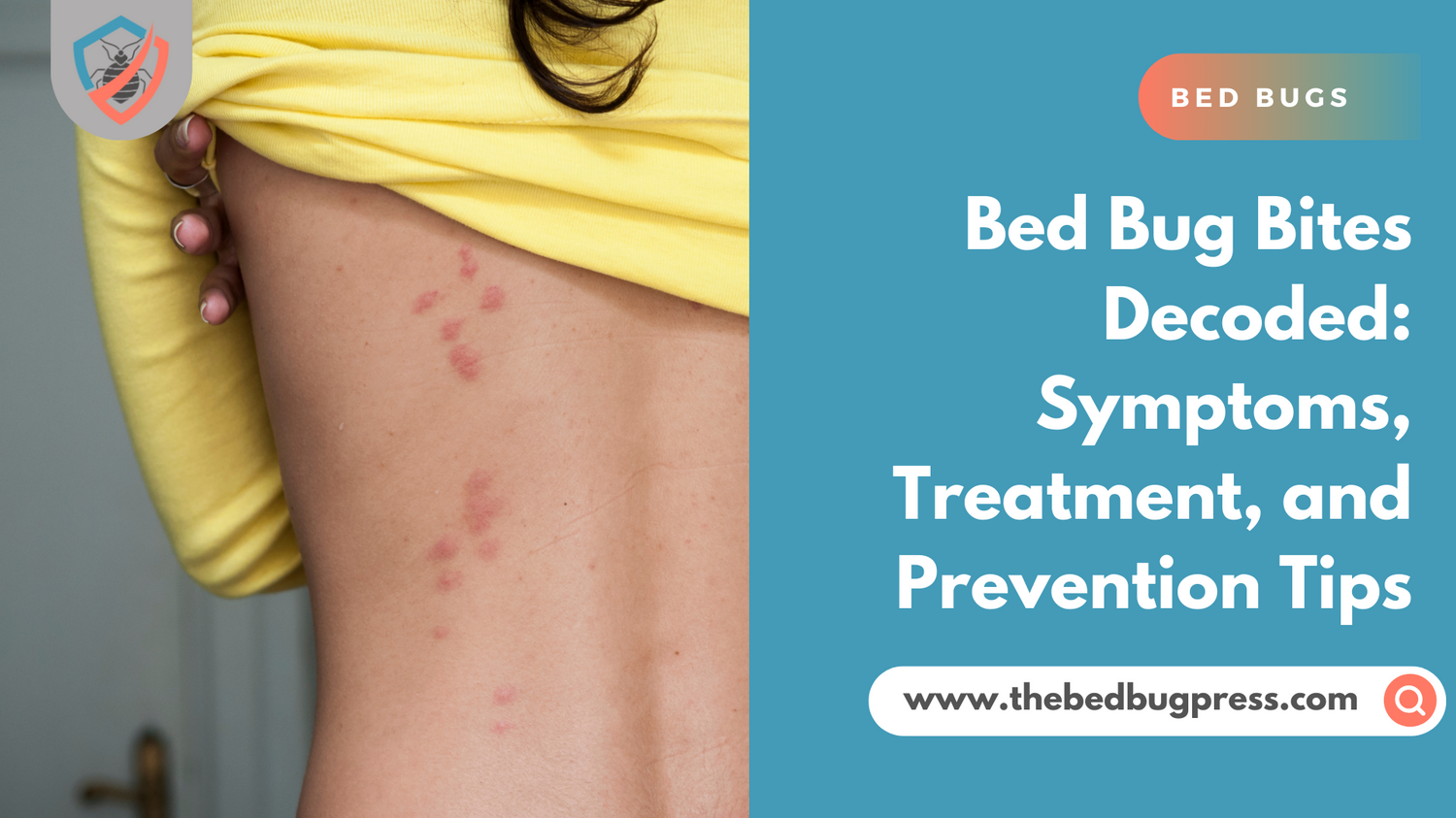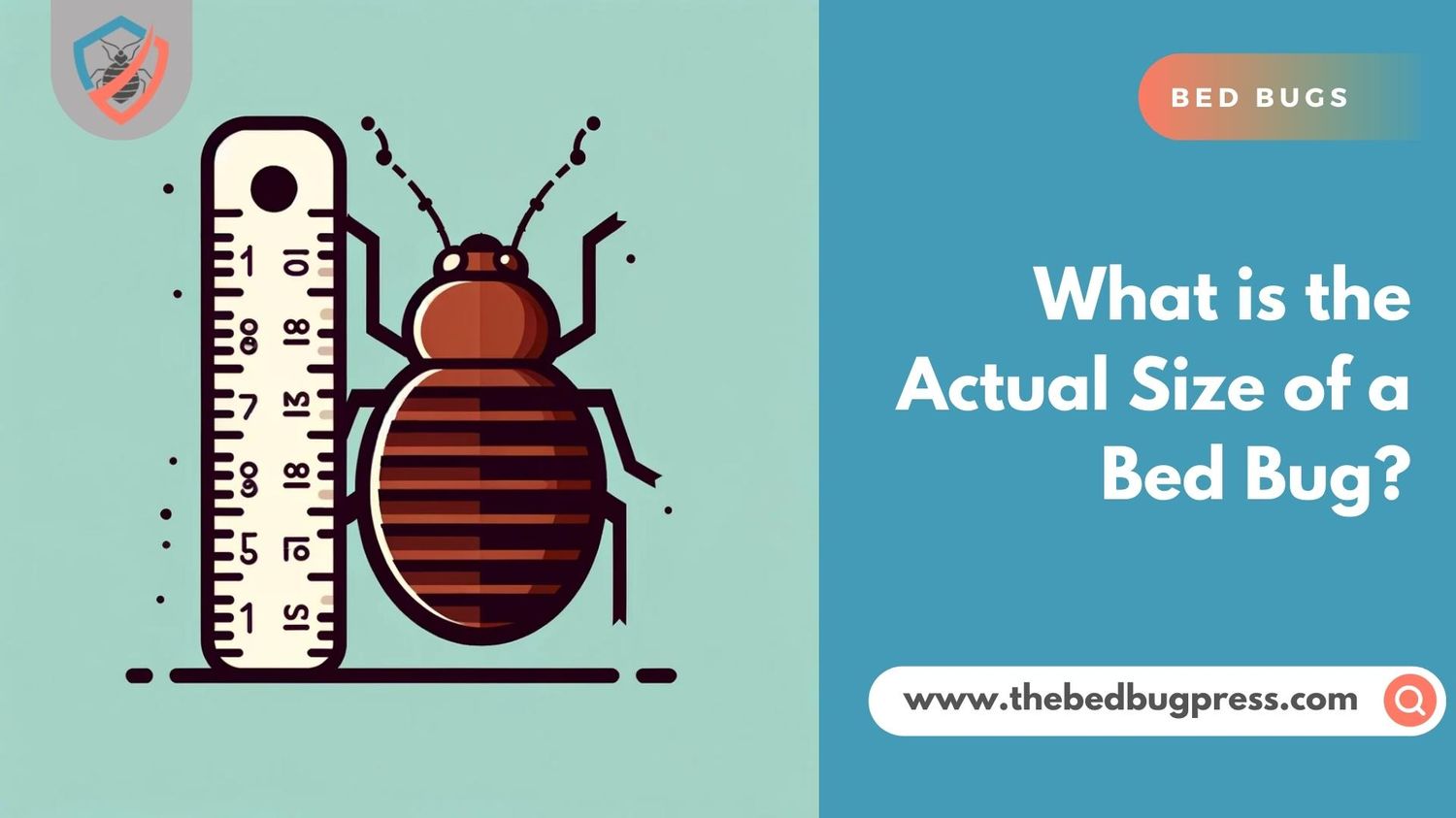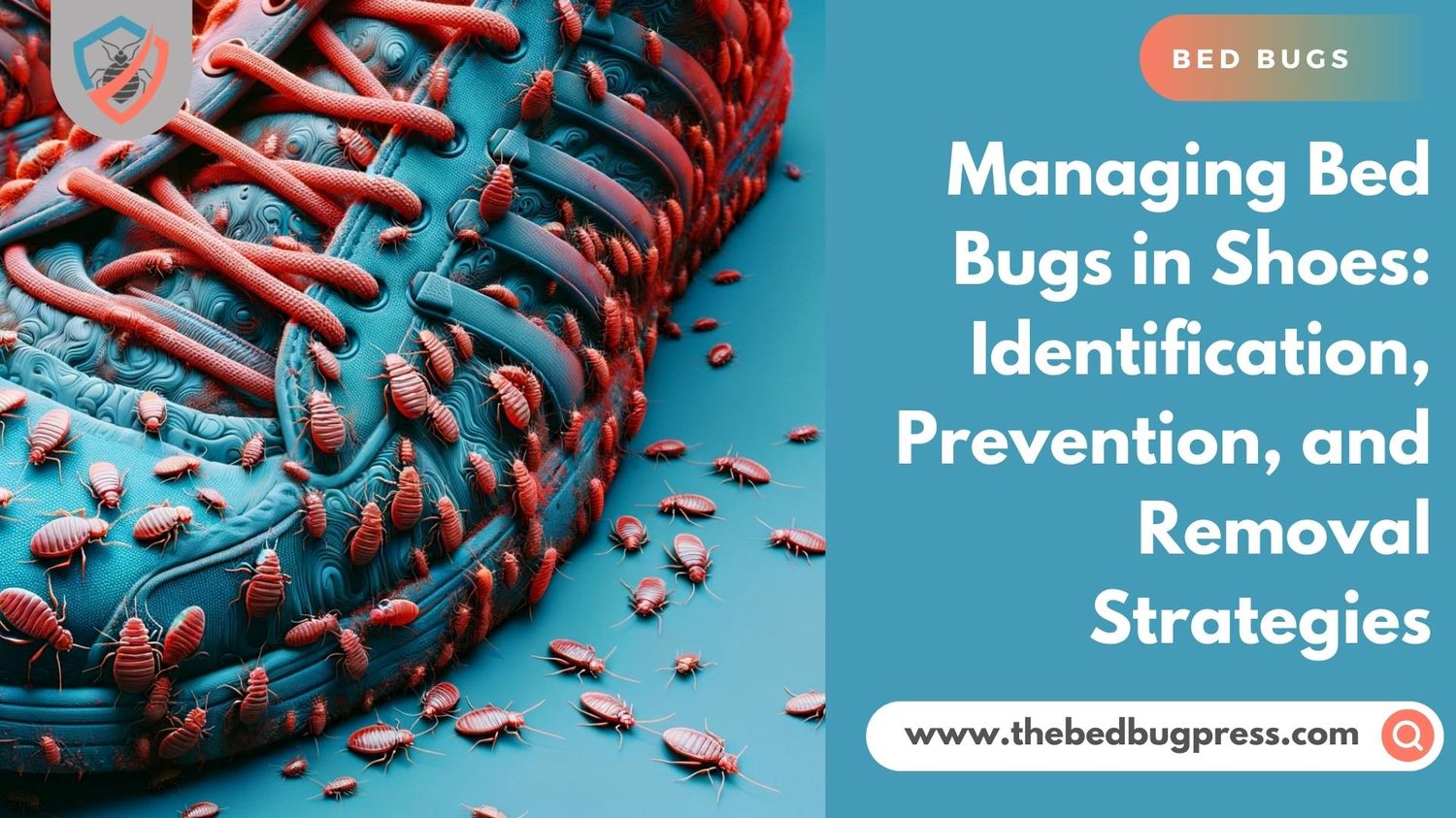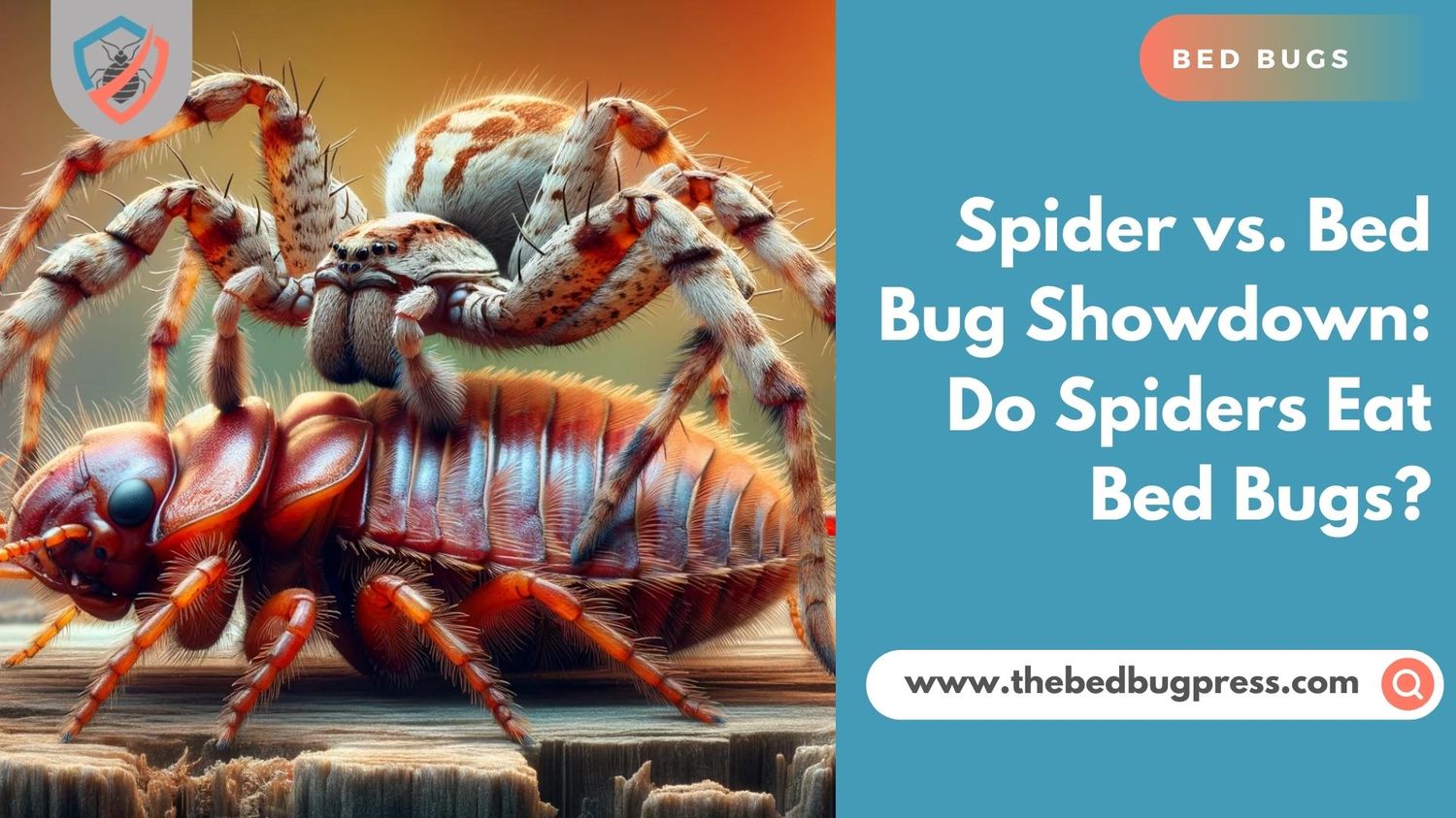Bed bugs are a pesky problem that can be quite challenging to get rid of completely. If you’ve had a bed bug problem or recently had bed bug treatment, it’s understandable to hope that these critters will not show up in your home again.
However, it’s not uncommon for homeowners to spot a single bed bug, or two even after the treatment has been completed. Although this can be frustrating and disheartening, there’s no need to worry.
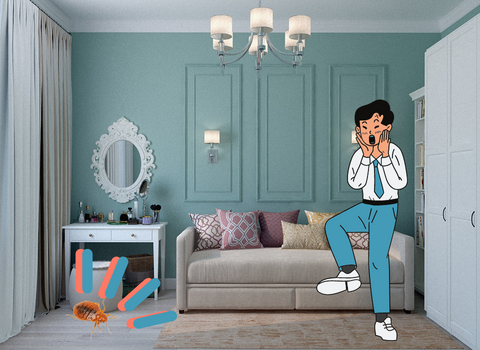
What to Expect During a Professional Bed Bug Treatment
You don’t have to face bed bugs alone – professional treatment is here to help! Here’s what you can expect during a professional bed bug treatment:
Inspection:
A pro exterminator will carefully inspect your home to identify where the bed bugs are.
Preparation:
Before treatment time is complete, you’ll need to do some prep work like washing bedding and clothing, vacuuming carpets and furniture, and decluttering your space.
Treatment:
The exterminator will use a variety of methods like heat treatment, insecticides, and steam cleaning to eliminate bed bugs from your home.
Follow-up:
After the initial treatment, the exterminator will schedule follow-up visits to the house to ensure that all bed bugs have been eliminated for good.
Prevention:
To prevent future infestations, the exterminator may recommend ongoing maintenance treatments or provide tips on how to avoid bringing bed bugs into your home.
Overall, a professional bed bug treatment can be an effective way to say goodbye to these pesky pests once and for all.
Just make sure you choose a reputable exterminator with experience dealing with bed bugs so that you can rest easy knowing the job is done right!
Post-Treatment Expectations: What You Need to Know After Professional Bed Bug Treatment
After undergoing professional bed bug treatment, it’s important to know what to expect to prevent any future infestations. Here are some post-treatment expectations and tips:
Stay out of the treated area: After the treatment, avoid entering the treated areas until they have dried completely. This can take several hours, so plan accordingly.
Vacuum regularly: Vacuum your home regularly to remove any dead bed bugs or eggs that may still be present.
Wash bedding and clothing frequently: Wash all bedding and clothing in hot water to kill any remaining bed bugs or eggs.
Monitor for signs of bed bugs: Keep an eye out for any signs of bed bugs, such as bites or fecal spots on your bedding or furniture. If you see any signs, contact your exterminator immediately.
Consider ongoing maintenance treatments: To prevent future infestations, consider scheduling ongoing maintenance treatments with your exterminator.
Be patient: It may take some time for all bed bugs to be eliminated from your home after treatment. Be patient and continue to follow up with your exterminator if necessary.
By following these post-treatment expectations and tips, you can help ensure that your home remains bed bug-free and prevent any future infestations from occurring.
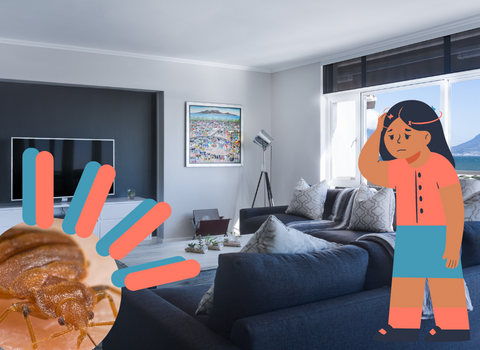
Life After Bed Bug Treatment: What to Do Next
After undergoing bed bug treatment, it’s important to take steps to prevent future infestations and maintain a bed bug-free home. Here are some things you can do:
Inspect second-hand items: Before bringing any second-hand items into your home, inspect them thoroughly for signs of bed bugs.
Seal cracks and crevices: Seal any cracks or crevices in your walls, floors, and furniture where bed bugs could hide.
Reduce clutter: Clutter provides hiding places for bed bugs, so minimize the amount of clutter in your home.
Use protective covers: Use protective covers on your mattress and box spring to prevent bed bugs from getting inside.
Monitor for signs of infestation: Keep an eye out for any signs of bed bugs, such as bites or fecal spots on your bedding or furniture.
Regularly clean and vacuum: Regularly clean and vacuum your home to keep it free of debris that could attract bed bugs.
Consider ongoing treatments: Consider scheduling ongoing treatments with your exterminator to prevent future infestations.
By taking these steps, you can help ensure that your home remains bed bug-free and avoid the stress and inconvenience of another infestation.
The Ultimate Cleaning Checklist After Bed Bug Treatment
After undergoing bed bug treatment, it’s important to thoroughly clean and disinfect your home to prevent any future infestations. Here is the ultimate cleaning checklist you should follow:
Wash bedding and clothing:
Wash all bedding, clothing, and linens in hot water and dry them on high heat.
Vacuum everything:
Vacuum all floors, carpets, furniture, and mattresses thoroughly. Pay special attention to cracks and crevices where bed bugs could hide.
Steam clean upholstery:
Use a steam cleaner to clean your furniture thoroughly.
Disinfect hard surfaces:
Clean all hard surfaces with a disinfectant solution, paying extra attention to areas where bed bugs were found.
Seal any cracks or crevices:
Seal any cracks or crevices in walls, floors, or furniture where bed bugs could hide.
Declutter your home:
Get rid of any unnecessary clutter that could provide hiding places for bed bugs.
Dispose of infested items:
If you have items that are heavily infested with bed bugs, dispose them of and treat them properly by wrapping them in a plastic bag before putting them in the trash.
Consider ongoing treatments:
Consider scheduling ongoing treatments with your exterminator to prevent future infestations.
By following this ultimate cleaning checklist after bed bug treatment sessions, you can help ensure that your home remains bed bug-free and avoid the stress and inconvenience of another bed bug infestation again.
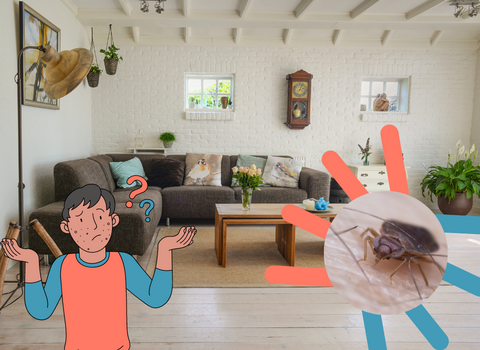
Why Bed Bugs Might Persist Even After Treatment
Even after extensive treatment, bed bugs can still be a persistent problem due to several reasons such as:
Incomplete treatment: If the initial treatment was not thorough enough, some bed bugs may have survived and continued to breed.
Reintroduction: Bed bugs can enter your home through second-hand items or visitors who unknowingly bring them in.
Resistance to pesticides: Some bed bug populations have developed resistance to certain pesticides, making it harder to eliminate them with traditional treatments.
Hiding places: Bed bugs can hide in tiny cracks and crevices that are difficult to reach with traditional treatments, allowing them to continue breeding even after treatment.
Lack of follow-up treatments: Follow-up treatments are often necessary to ensure that all bed bugs have been eliminated, but if these are not scheduled or completed, bed bugs may persist.
But don’t worry! By working closely with your exterminator and following their recommendations for eliminating bed bugs and preventing future infestations, you can overcome this annoying problem.
Remember to stay vigilant and take preventative measures to keep your home free from these unwanted guests.
Signs That Your Bed Bug Treatment Was Ineffective
If you’ve recently said goodbye to bed – bugs after treatment, with treatment, it’s important to keep an eye out for any signs that they may still be lingering in your home. Here are some common indicators to watch for:
Bites: If you continue to wake up with bed bug bites after treatment, this may mean the treatment was not successful.
Live bed bugs: Seeing live bed bugs in your home after treatment is a clear indication that the infestation was not eliminated.
Bed bug feces: Bed bug feces can appear as small dark spots on furniture or bedding. If you continue to spot these after treatment, there may be still bed bugs present.
Shed skins: As bed bugs grow and molt, they leave behind shed skins. Finding these skins in your home after treatment could indicate active breeding.
Unexplained bites on visitors: If guests complain of unexplained bites after your treatment, it could mean that your home is still infested.
If you notice any of these signs after undergoing bed bug treatment, don’t hesitate to contact your exterminator immediately for follow-up treatments or alternative solutions. Remember – early detection is key!
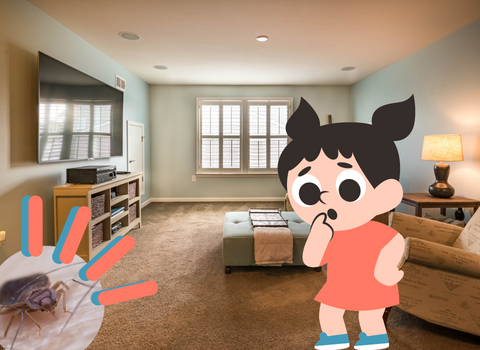
Dealing with Persistent Pests: What to Do About Bed Bugs After a Second Treatment
Dealing with bed bugs after treatment itself can be a real headache, but don’t worry – there are steps you can take if a second treatment is necessary. Here are some tips to keep in mind:
Work closely with your exterminator: Your exterminator is your go-to resource for dealing with bed bugs. Be sure to communicate any concerns or questions you have and follow their recommendations for preparing your home for treatment.
Try alternative treatments: If traditional pesticide treatments haven’t worked, consider alternative treatments like heat or freezing. They may cost more, but they’re often more effective at eliminating bed bugs.
Be patient: Bed bug infestations can take time to fully eliminate, even with multiple treatments. Stay patient and follow up regularly with your exterminator.
Prevent future infestations: Even after successful treatment, it’s important to take preventative measures like regular cleaning and inspecting second-hand items brought into your home, sealing cracks and crevices where bed bugs can hide, and using protective covers on mattresses and box springs.
Don’t let bed bugs get the best of you! It’s important to take action as soon as possible to prevent the infestation from spreading. Remember, bed bugs can reproduce quickly and are notoriously difficult to get rid of on your own.
Seeking professional help from a pest control company that specializes in bed bug elimination is often the best course of action. Their expertise and experience will ensure that all bed bugs are eliminated from your home, so you can finally rest easy knowing that your sleep space is safe and sound.

